The Solway Firth AONB: 'The most delicious piece of sea-coast to be found within the limits of England, Ireland, Scotland, Wales'
After the wild grandeur of the fells, the flat, arable plain north-west of the Lake District comes as a slight anti-climax, but persevere: England’s least known AONB offers unexpected delights.
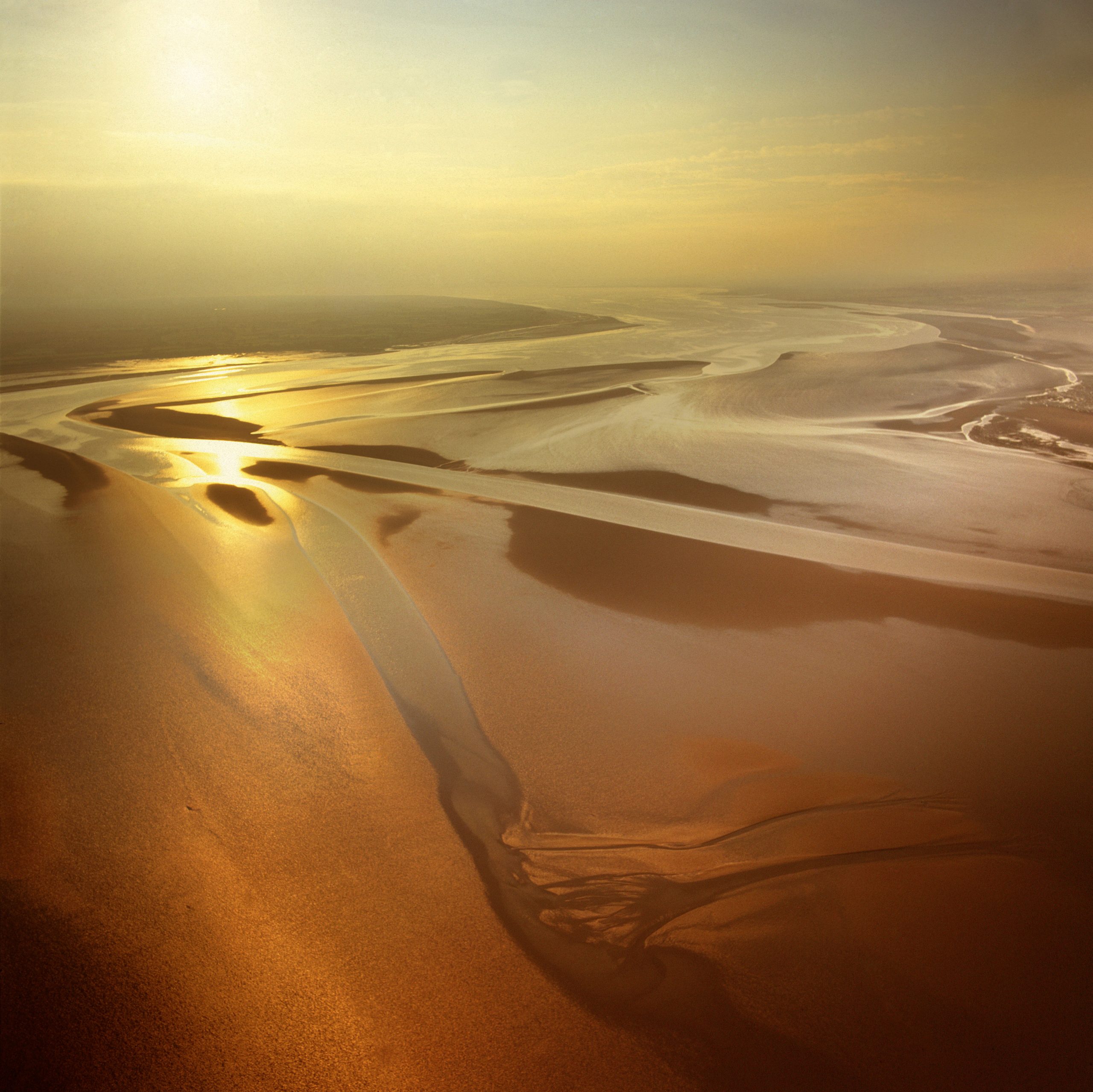

A landscape of dunes, saltmarshes and peat bogs sculpted by wind and wave, the Solway Coast was shaped, too, by the Romans and by the improving merchants and landowners whose model farms, ports and industries brought 18th-century prosperity.
Bowness-on-Solway, at the western end of Hadrian’s Wall, belonged to a string of Roman forts and towers extending south. Best preserved is Milefortlet 21, which stands close to Maryport, the Georgian town built of stones from the Alauna fort and now home to a remarkable collection of Roman altarpieces in its Senhouse Museum.
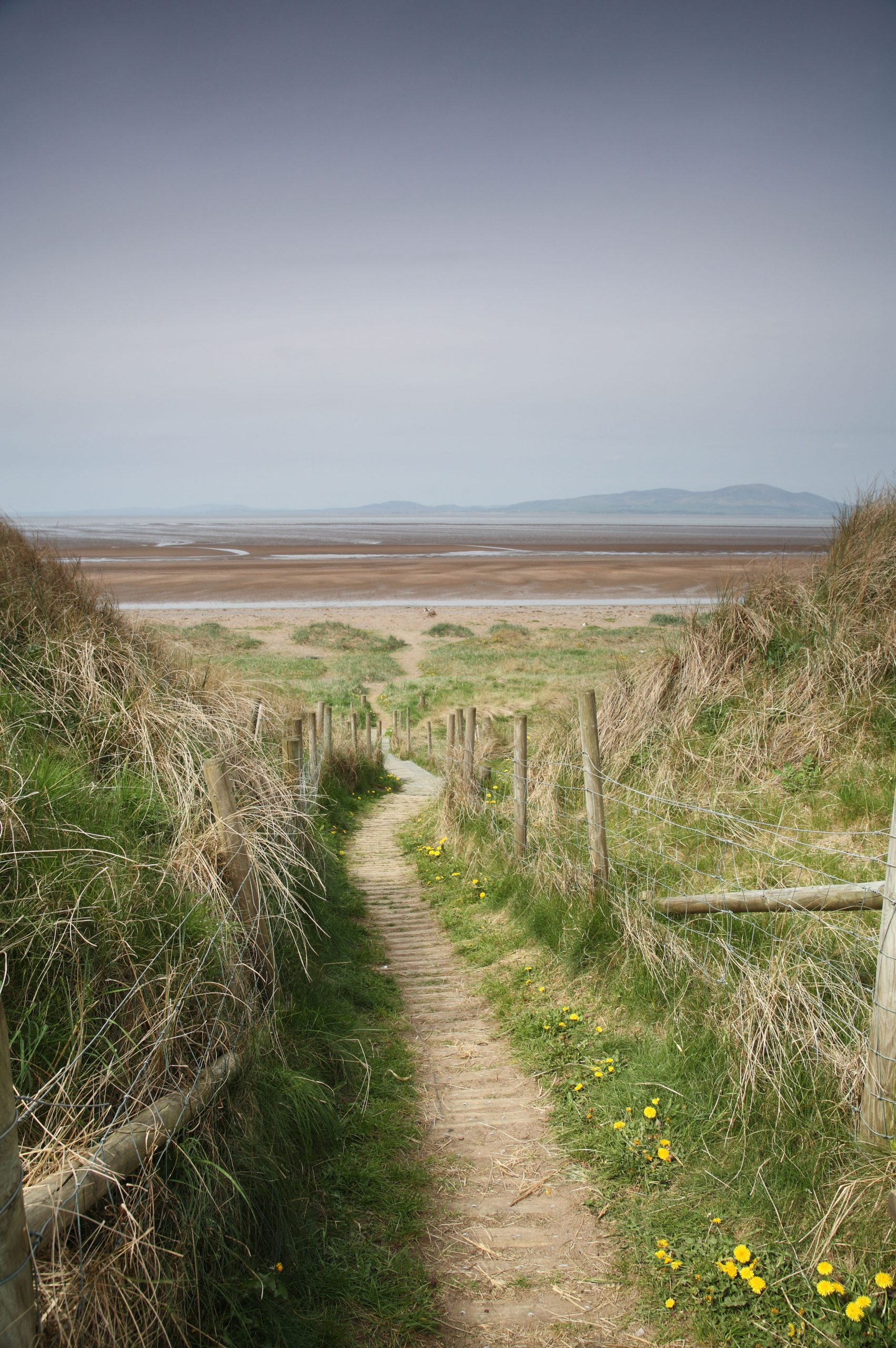
Conflict remained part of the landscape down the centuries. Rising from the marsh at Burgh by Sands, a 1685 monument marks where Edward I, ‘Hammer of the Scots’, died of dysentery in 1307. The Battle of Solway Moss took place on November 24, 1542, on a bog beside the River Esk. The larger, but ill-led, Scottish force was routed by the English.
In later years the Cumbrian ports prospered on trade with America and the West Indies, with local coal and iron mines and shipyards contributing to the boom — and a very different coastal scene from today, especially given what industry brought with it. From 1869, a railway viaduct — then Europe’s longest — ran across the Solway Firth from Bowness to near Annan, for transporting iron ore to the Lanarkshire smelters. Damaged by ice-flows in 1881, it closed in 1921 and was demolished in 1935.
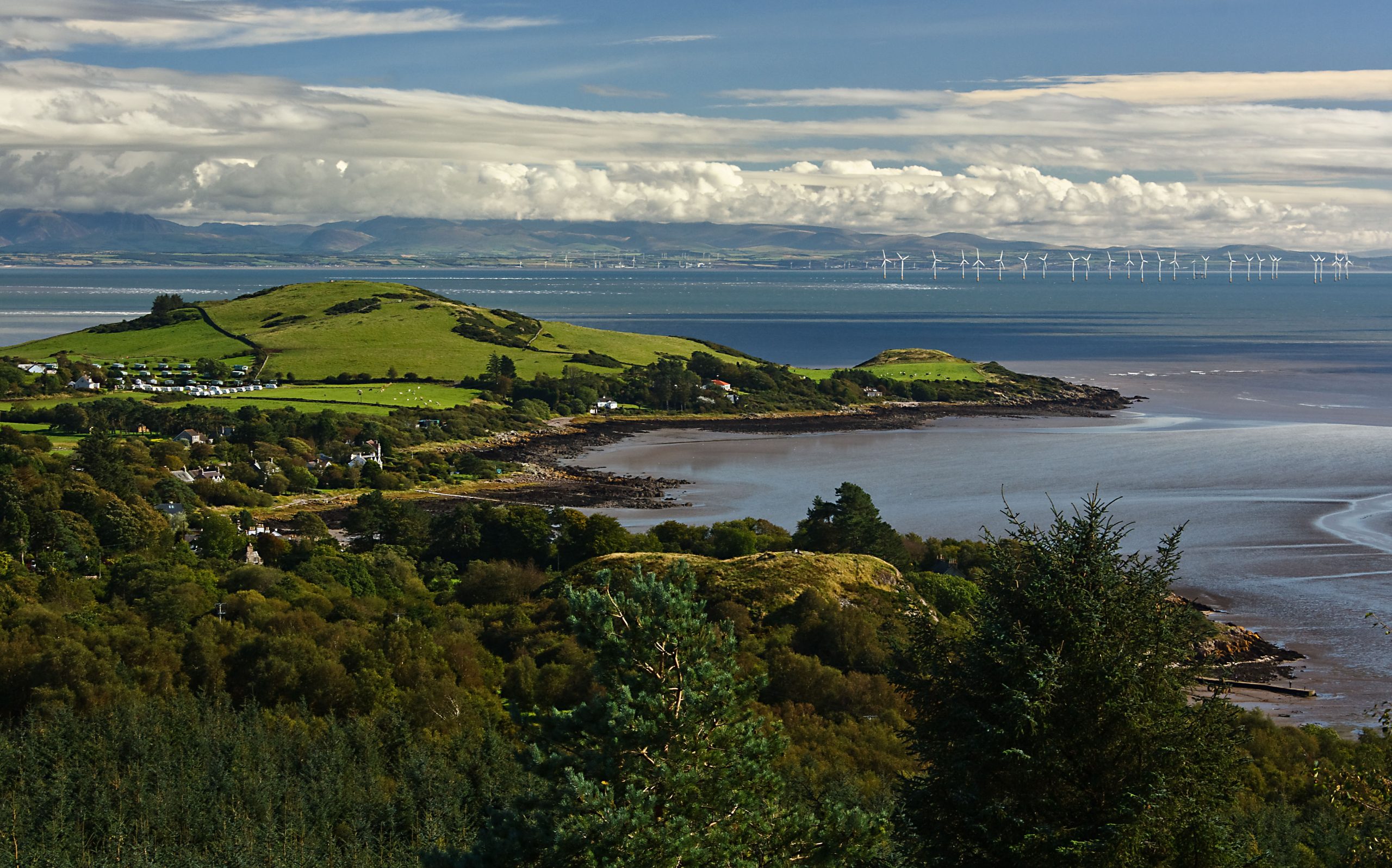
North of the seaside resort of Silloth, with its cobbled streets and Solway Coast Discovery Centre, runs Grune Point, a spit of saltmarsh and mudflats with a rare colony of natterjack toads. Southwards stretches an outstanding habitat of dunes, heath and grasslands, with glorious views to the Galloway Hills.
Wide-gabled, stocky houses with colourful window surrounds define settlements such as Allonby, the fishing port where Dickens and Wilkie Collins stayed in 1857. In their book, The Lazy Tour of Two Idle Apprentices, Mr Goodchild ‘ardently discovered that the most delicious piece of sea-coast to be found within the limits of England, Ireland, Scotland, Wales, the Isle of Man, and the Channel Islands, all summed up together, was Allonby on the coast of Cumberland’.

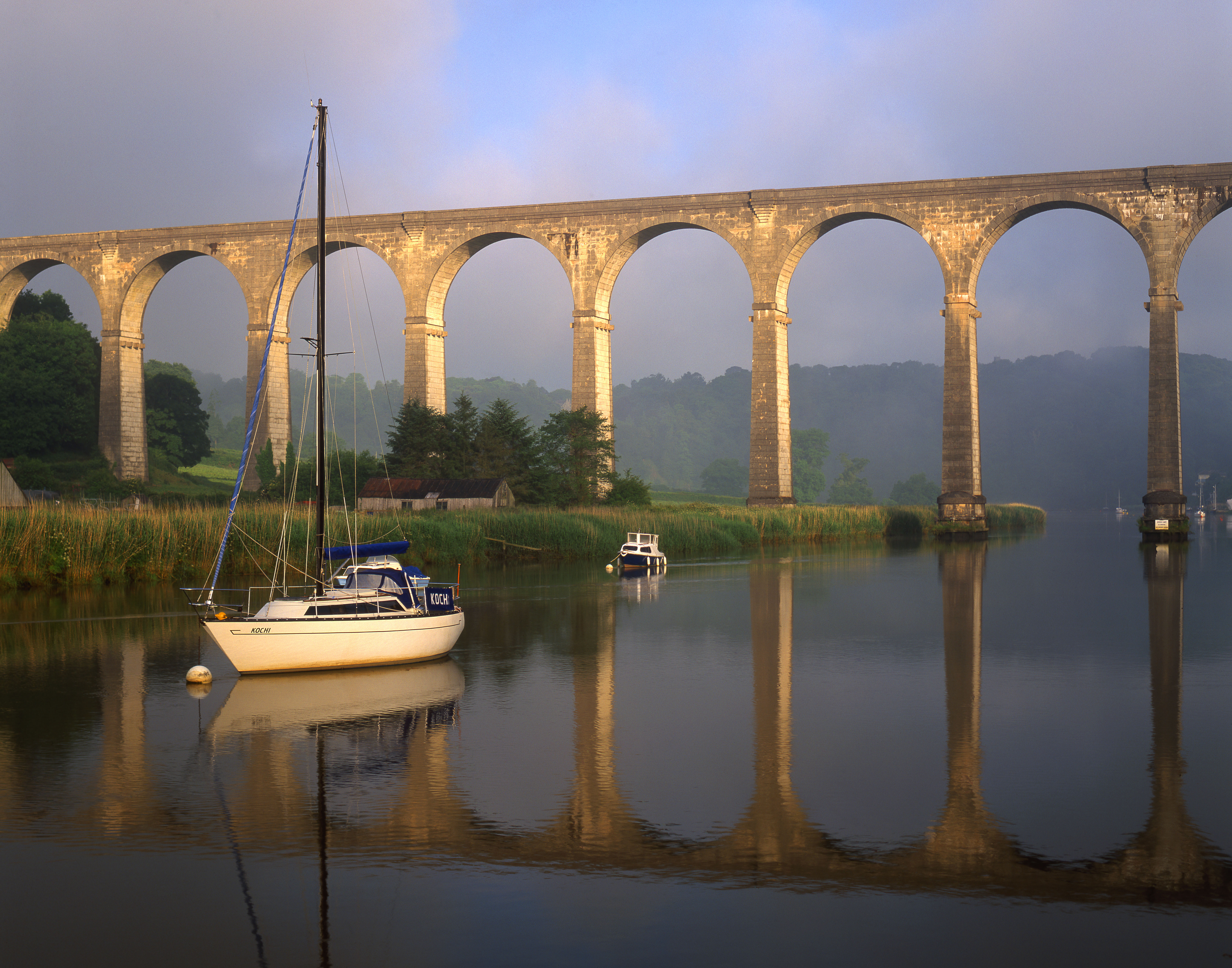
The Tamar Valley AONB: Mines, otters and the ghost of a 'black widow' who roams the moors in a carriage of bones
Kate Green focuses on the Tamar Valley AONB.
Sign up for the Country Life Newsletter
Exquisite houses, the beauty of Nature, and how to get the most from your life, straight to your inbox.
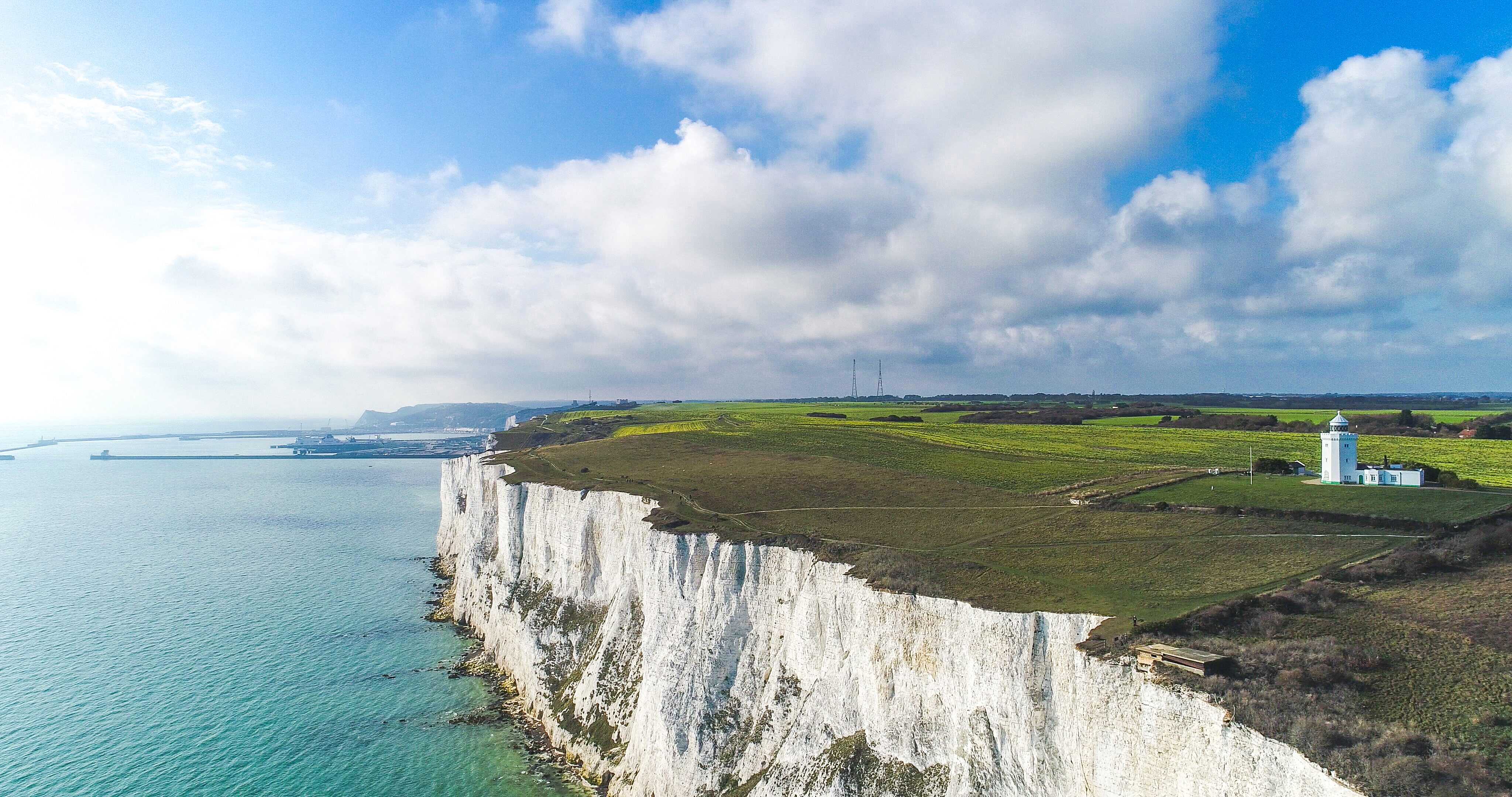
The Kent Downs AONB: One of Mother Nature's works of art, from the famous White Cliffs to the wildlife of the Garden of England
Victoria Marston takes a look at the magnificently beautiful Kent Downs AONB.
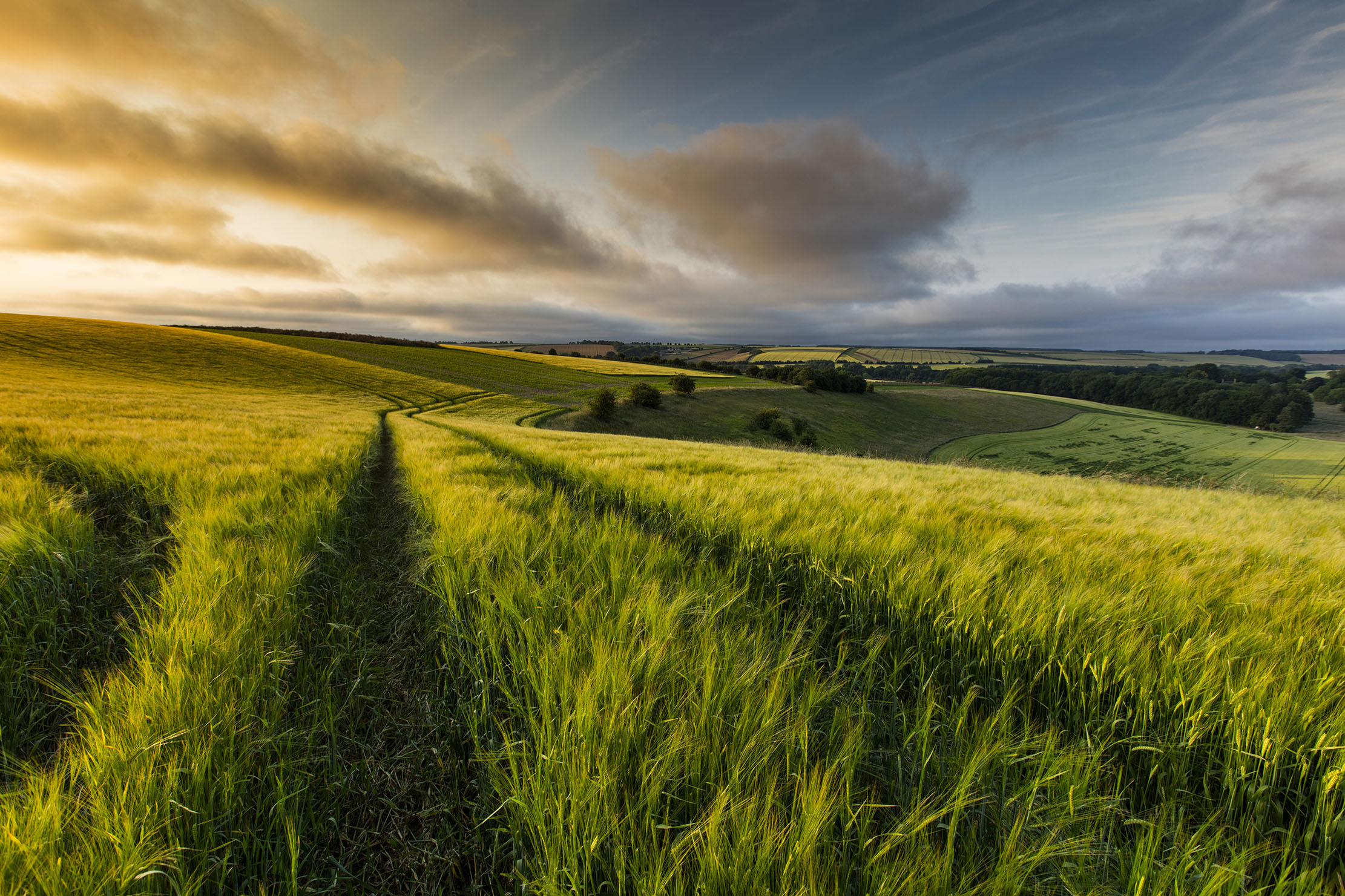
The Lincolnshire Wolds AONB: The beauty spot where Tennyson found 'calm and deep peace on this high Wold'
Octavia Pollock takes a look at the Lincolnshire Wolds AONB, a landscape where the hands of Man and Nature have
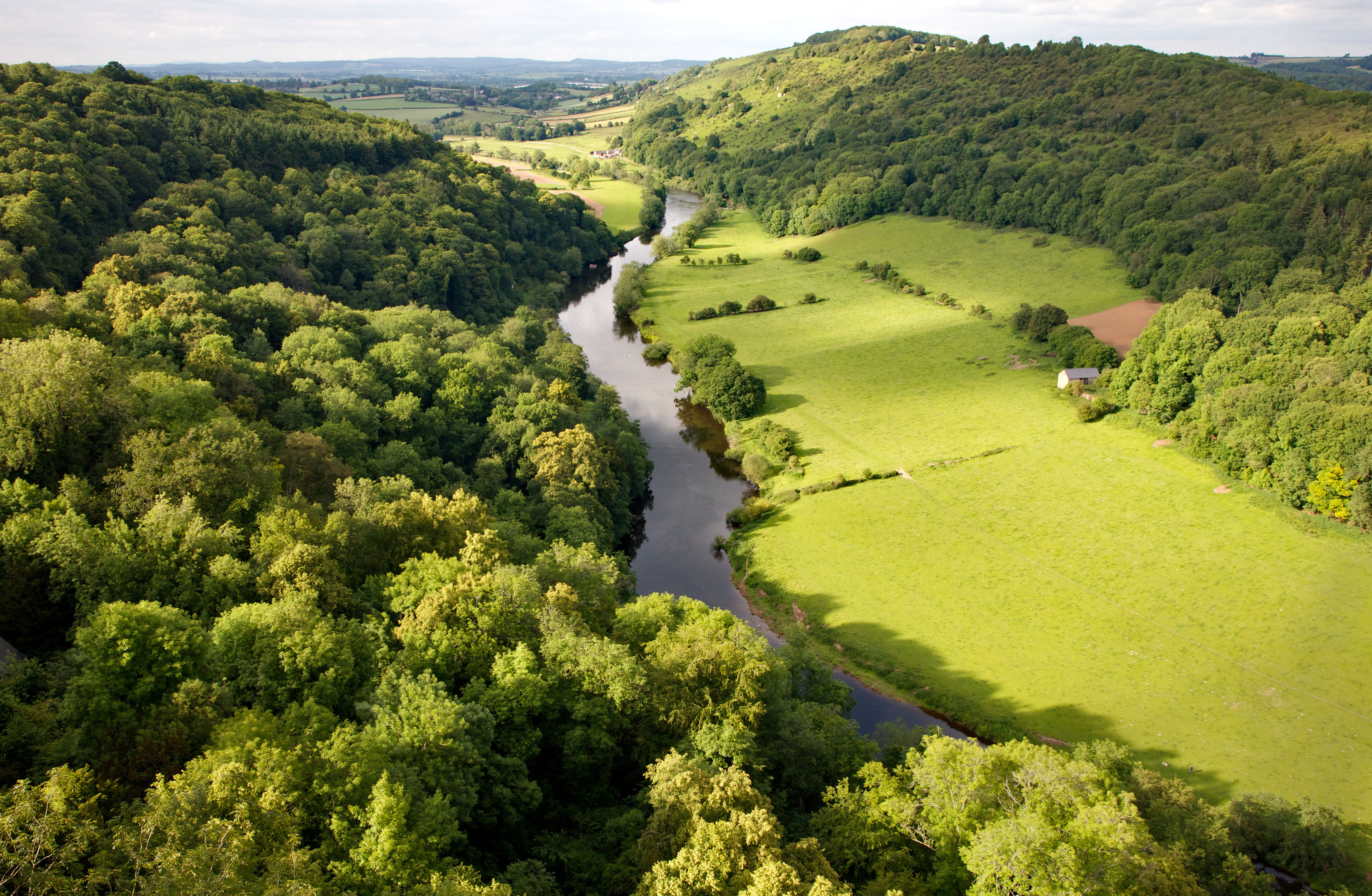
The Wye Valley AONB: 'If you have never navigated the Wye, you have seen nothing'
The Wye Valley is considered the 'birthplace of British tourism' — and it's not hard to see why, says Kate Green.
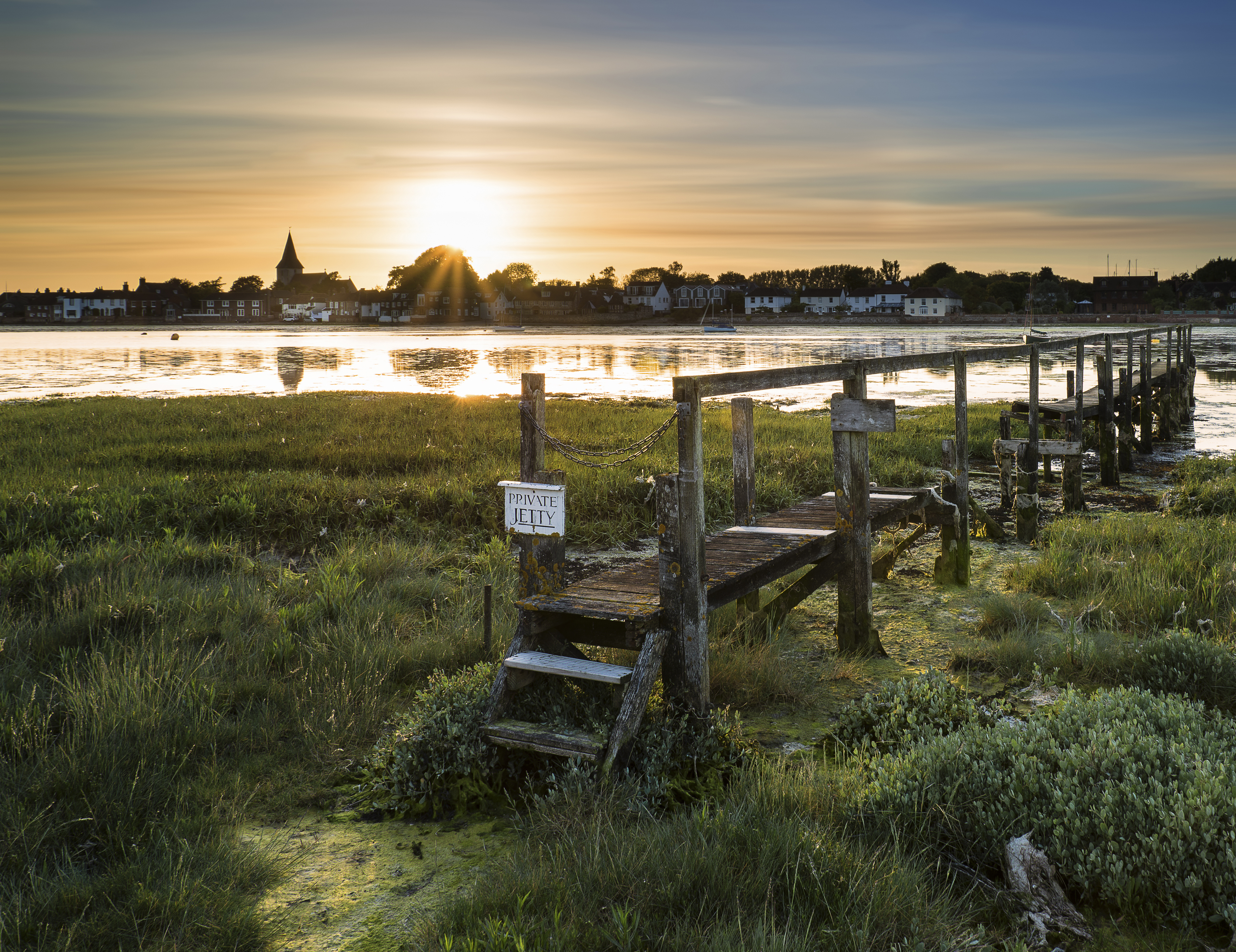
The Chichester Harbour AONB, a slice of Sussex where nature, beauty and history come together
Rosie Paterson takes in the all-too-often overlooked Chichester Harbour.
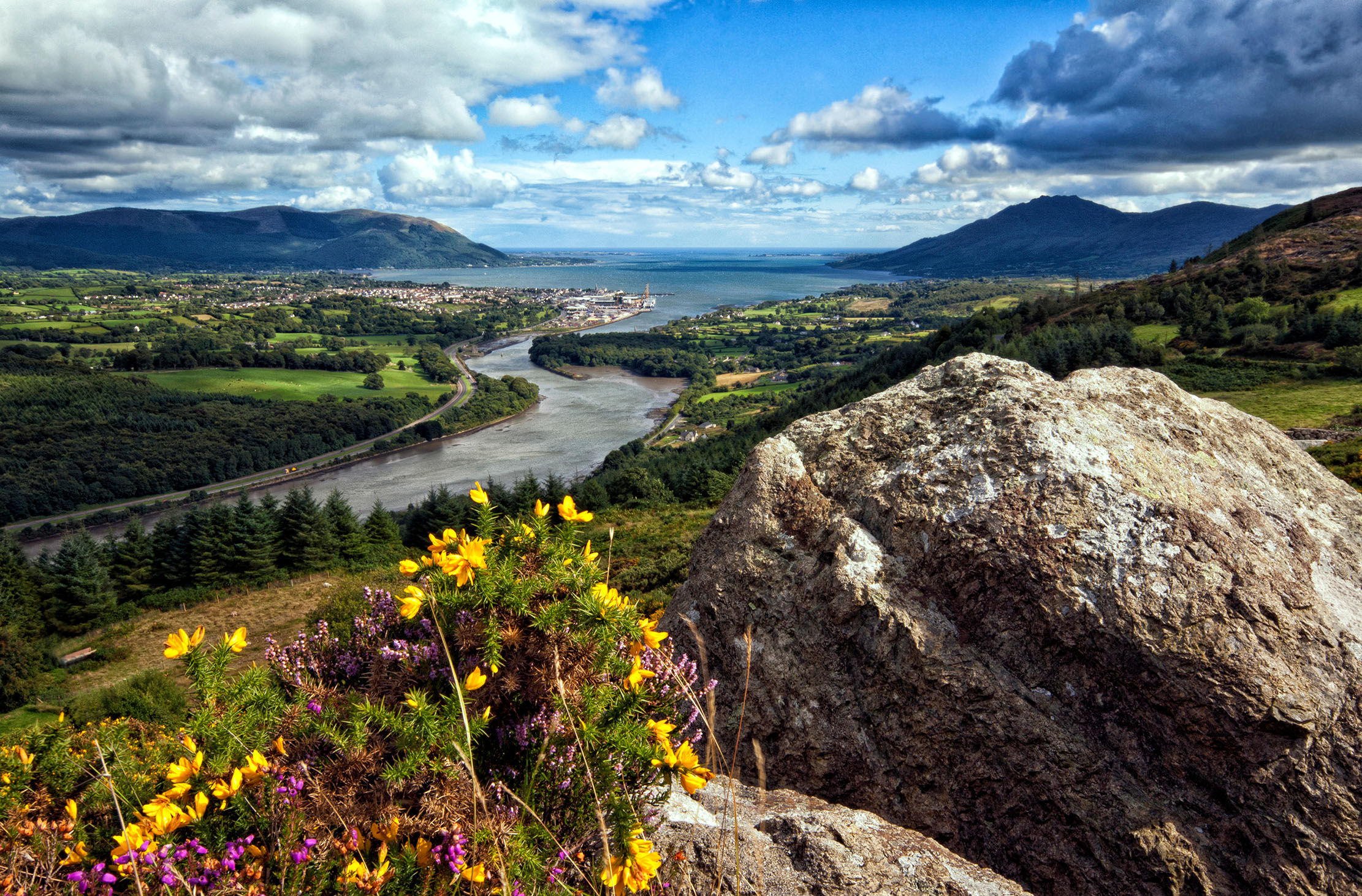
The Ring of Gullion AONB: 'A landscape rich with archaeology and mythology, ancient churches and castles'
John Goodall looks at a spectacular part of Northern Ireland that's full of legends and myths.
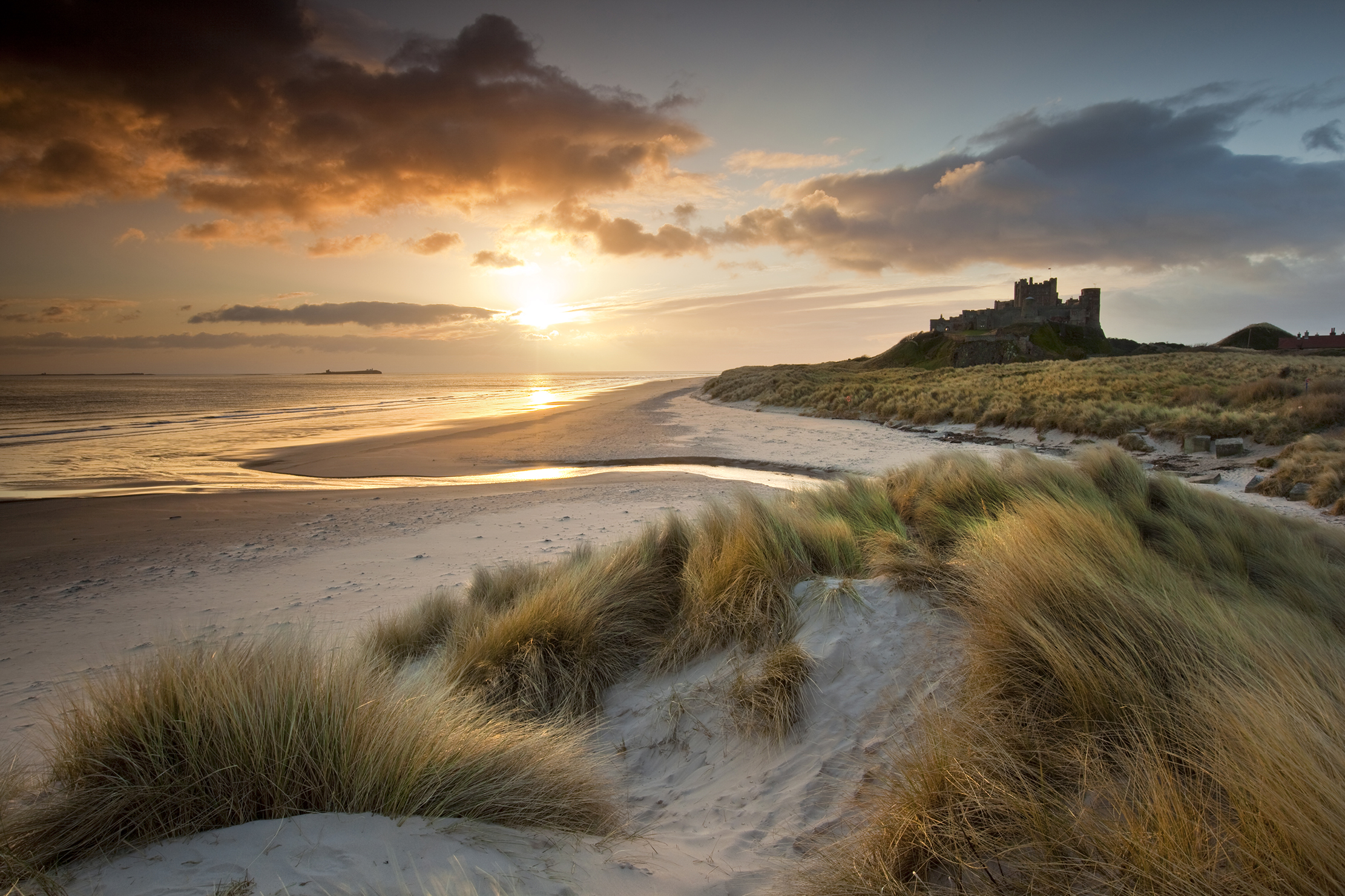
The Northumberland Coast AONB: Just bring a pair of good boots and a fondness for untamed natural beauty
Giles Kime continues our series on Britain's Areas of Outstanding Natural Beauty with a look at the Northumberland Coast.
Mary Miers is a hugely experienced writer on art and architecture, and a former Fine Arts Editor of Country Life. Mary joined the team after running Scotland’s Buildings at Risk Register. She lived in 15 different homes across several countries while she was growing up, and for a while commuted to London from Scotland each week. She is also the author of seven books.
-
 What should 1.5 million new homes look like?
What should 1.5 million new homes look like?The King's recent visit to Nansledan with the Prime Minister gives us a clue as to Labour's plans, but what are the benefits of traditional architecture? And can they solve a housing crisis?
By Lucy Denton
-
 Having a ruff day: Kennel Club exhibition highlights the plight of vulnerable spaniel breeds
Having a ruff day: Kennel Club exhibition highlights the plight of vulnerable spaniel breedsPhotographer Melody Fisher has been travelling the UK taking photographs of ‘vulnerable’ spaniel breeds.
By Annunciata Elwes